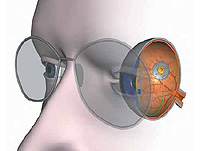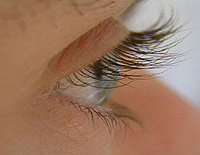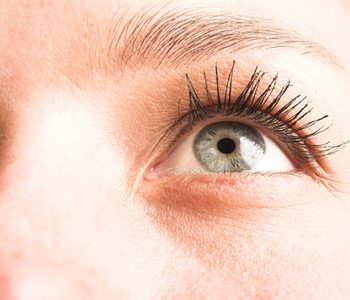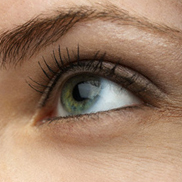If in man «Plus» glasses if he takes away the book away from the eye while reading, do not go to the fortuneteller and so it is clear that he has faithfulness. It turns out that this defect of view in ancient times served to increase the popularity of glasses.
Content
It all started in the XV century, when a typography appeared. People who used to and did not guess that they see badly close, realized that it was hard to read it: letters blur. To help far-sighted wells, and special reading glasses were invented. Lenses for minicists came up with only a century later.
What it is
Term «Farcastic», to put it mildly, not quite correct. At the same time, a human impact in a person who looked into the distance is not at all rises. Rather, this most dustiness decreases, especially when a person looks at the items located close. Thus, hyperopia is a violation of sight, in which the ability to see close objects is dramatically deteriorated (distance 20-30 cm). Most often, hyperopia is among young children and people over 40 years old.
What's happening
 In order to see the eye normally, the image of items should focus on its retina. With hyperbating, this point of the perfect image is postponed, it is like a back of the retina. As a result, a person sees any picture in a slightly blurred form. In order for a far-alothy person to see a clear image, light rays from the subject must converge a little, but in nature there is no such thing. From remote items are parallel rays, from the approximate - divergent. With the last rays, long-nature eyes coped worse than the whole. Thus, it turns out: the closer the subject is, the hard to see it.
In order to see the eye normally, the image of items should focus on its retina. With hyperbating, this point of the perfect image is postponed, it is like a back of the retina. As a result, a person sees any picture in a slightly blurred form. In order for a far-alothy person to see a clear image, light rays from the subject must converge a little, but in nature there is no such thing. From remote items are parallel rays, from the approximate - divergent. With the last rays, long-nature eyes coped worse than the whole. Thus, it turns out: the closer the subject is, the hard to see it.
The cause of hyperopia
There are two reasons that the light rays with depreciation of the retina and focus too far: the shortened eyeball or the insufficient refractive ability of the optical eye system. The combination of these two reasons is not excluded. The farewell caused by the short longitudinal axis of the eye is usually inherited from parents to children. After 40-45 years in connection with the age-related changes in the body, many people begin to deteriorate the refractive ability of the lens, and then comes «presbyopia».
How to recognize long-sighting
The main signs of the facilities:
- very bad vision near;
- bad vision in the distance (strong limblessness);
- increased eye fatigue while reading;
- Overvoltage of the eyes when working (headaches, burning in the eyes).
What is dangerous far-sighting
Far album, if you ignore it, is fraught with such unpleasant complications as squinting; Frequent inflammatory eye diseases (conjunctivitis), «lazy» Eye - Outdoor Eye is healthy, but does not see and fix it does not manage to do with glasses nor contact lenses. The progression of hyperopia can lead to disorders of outflow of intraocular fluid and, as a result, the development of glaucoma.
Diagnosis of hyperopia
If there was a suspicion that the eyes began to see worse, do not lose time - please contact the eyepiece doctor. To begin with, he will check the severity of your vision on a special table, then explore the eye bottom with a special mirror or ultrasound. After that, you will put a special device foropter on your head, and start picking suitable lenses.
Treatment of hyperopia
To date, there are three ways to correct the ranges: glasses, contact lenses and surgical correction. Points or contact lenses («Plus») It is selected individually depending on the acuteness of vision and concomitant diseases. Children with farewell are recommended to start using corrective lenses as early as possible. Typically, the doctor discharges them points for constant wearing. With age in many far-sighted children, the eyeball is lengthened, and vision, respectively, is restored. Adult lenses or glasses are needed only to read and work. Only with a high degree of hyposticity are prescribed two pairs of points: Some - for «Risen», Others - for «Dali». After selection of points, it is necessary to constantly observe the oculist to replace lenses to stronger or weaker if necessary. Laser definition correction is used when the patient has already reached 18 years.









